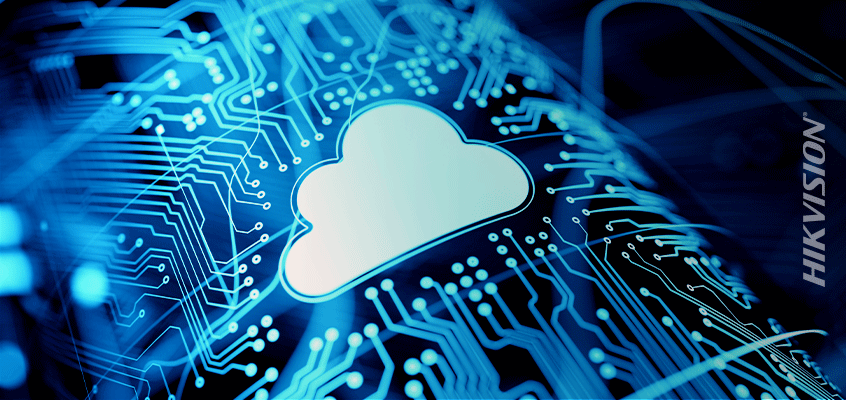Security Concerns and Threats of Being Hacked from IoT and IP-Connected Devices
Hikvision Discusses IoT and Cyber Threats, Roles for Camera Manufacturers to Reduce Risk of Being Hacked
In the article, “Why Today’s Cyber Risk Is Greater Than Your Customers Think,” Security Sales & Integration (SSI) outlines security concerns related to IoT and IP-connected devices, and threats of being hacked by “nefarious actors.”
From the article: “Today’s hacking tools (whether ethical or not) maintain a very healthy head start over defensive measures. One can simply access websites that may have already done most of the research and probing for an attack of an aspiring hacker. It is possible to search for a target by name, find the location(s) and Internet service providers (ISPs), and, possibly, already have any stray equipment left hanging open to the Internet listed in a convenient format. Some hacker sites even go so far as to have a link to the programming and user guides for any equipment they find vulnerable. It may not even be necessary to get on the target property to physically touch the network to gain access.”
The author recommended that organizations prepare a threat assessment for customers’ businesses.
Read more at this link.
Hikvision’s director of cybersecurity, Chuck Davis, has authored numerous blogs discussing IoT and cyber threats, as well as roles that camera manufacturers can take to reduce the risk of being hacked. In a blog about Davis’ Campus Safety magazine interview on protecting IoT devices he said:
“Video surveillance systems, just like all systems that are part of the Internet of Things (IoT), are actually computers. So we tend to forget that all of these devices that we’re connecting to our IP networks, [which are] ... adding all this great functionality to allow us to remotely monitor or control them, are actually computers. They have operating systems and they will have vulnerabilities. And so if we don’t take our proper due diligence and protect those things and really apply cybersecurity best practices, we put them at risk of being attacked, and [that] could be the way that a campus or an organization is attacked through the Internet.

